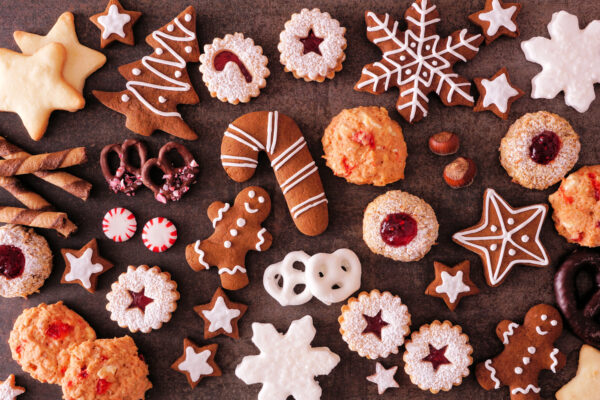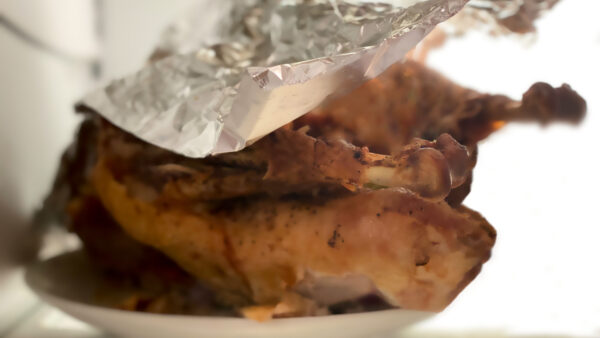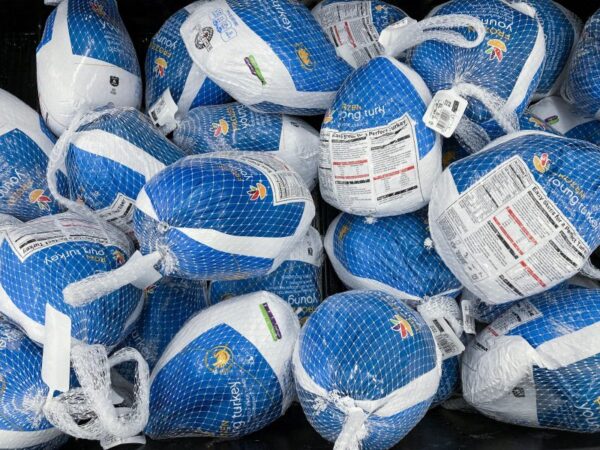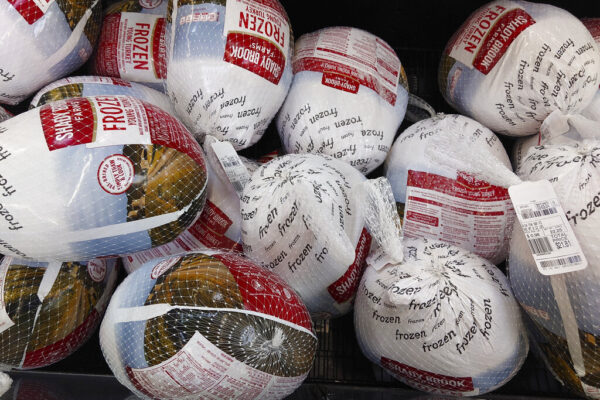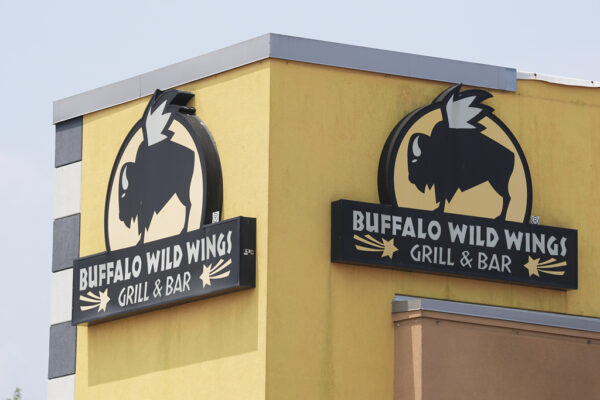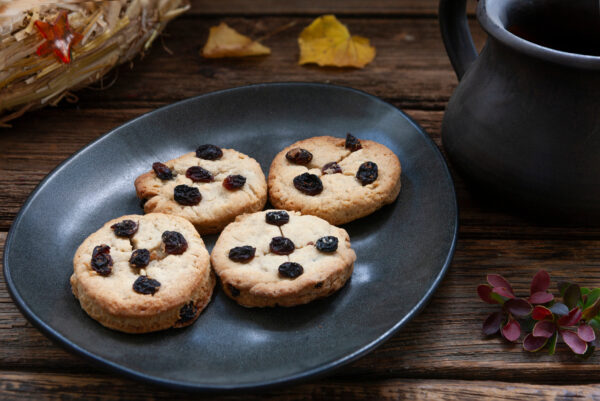Food Facts
Cookie expert shares his tips and tricks for holiday baking
Baking professor Zachary Miller explains how to modify any cookie recipe to make it soft, chewy or crispy.
How long does leftover turkey last in the fridge?
Those Thanksgiving leftovers in your fridge (if there are any) are starting to get a bit risky, according to experts.
Guy Fieri thinks these holiday dishes are ‘overrated’
Don’t expect Guy Fieri to be bowled over by these Christmas dishes, no matter how “killer” they may be.
Sweet potato or pumpkin? The Thanksgiving pie debate
Which is the better Thanksgiving dessert? It might depend on where you live.
Why are there no Thanksgiving-shaped Reese’s?
Why has Reese’s seemingly overlooked holiday largely dedicated to overindulgence?
When to start thawing your Thanksgiving turkey, and what to do if you’re too late
Bigger birds should already be thawing in the fridge. But if you forgot, all hope isn’t lost.
Is it too soon to buy your Thanksgiving turkey?
Thanksgiving isn’t for another few weeks. But if you’re in charge of cooking this year, you might already be stressing over when to buy the bird, and how soon to start thawing it.
Remember when Buffalo Wild Wings had a different name?
The restaurant’s original menu — and name — really hammered home its connection to Buffalo.
Food review: How do Michelin-starred restaurants taste in Europe, Asia and America?
From Dublin to Bangkok, here’s my thoughts on various Michelin-starred restaurants.
Beyond candy: Exploring Halloween’s historical foods
Here’s what the Celts ate during Samhain, the precursor to Halloween.
